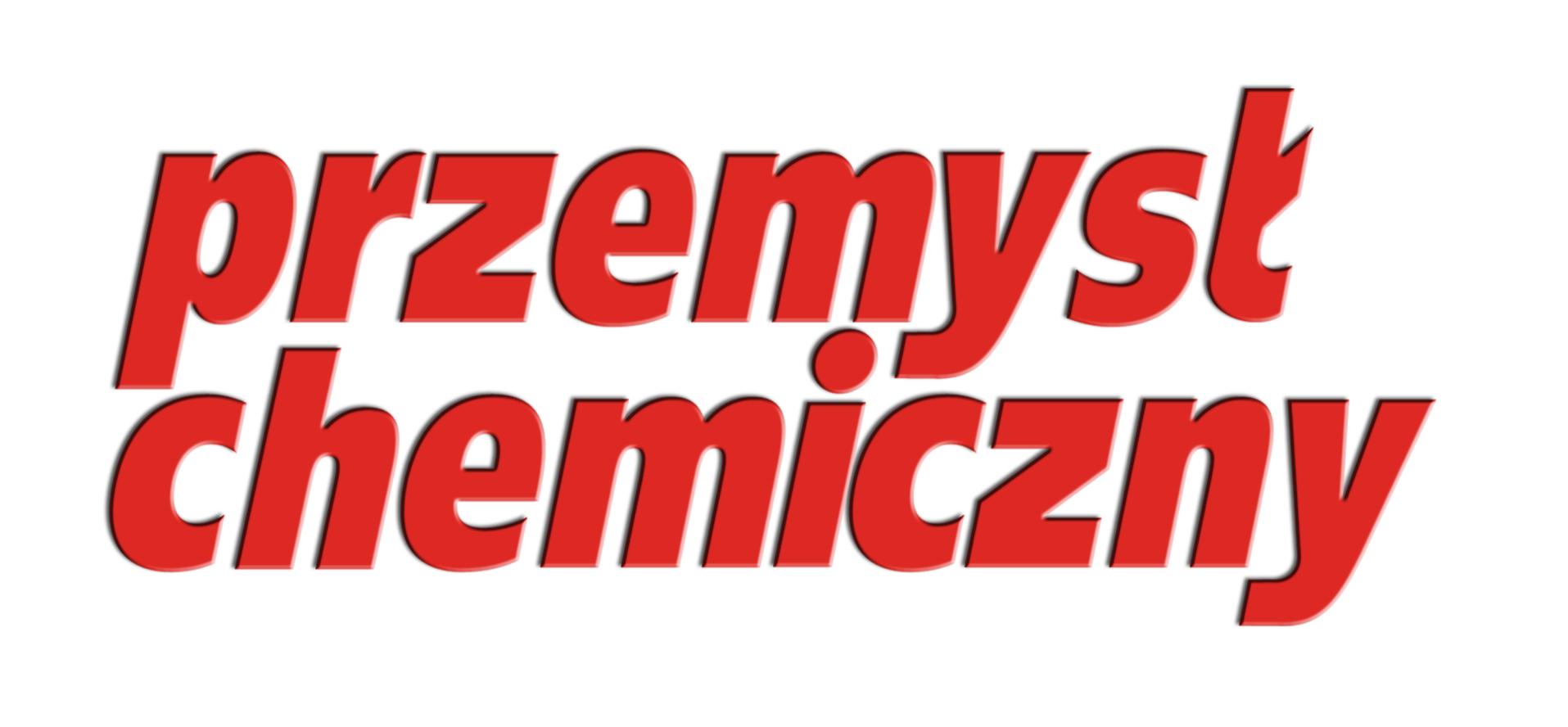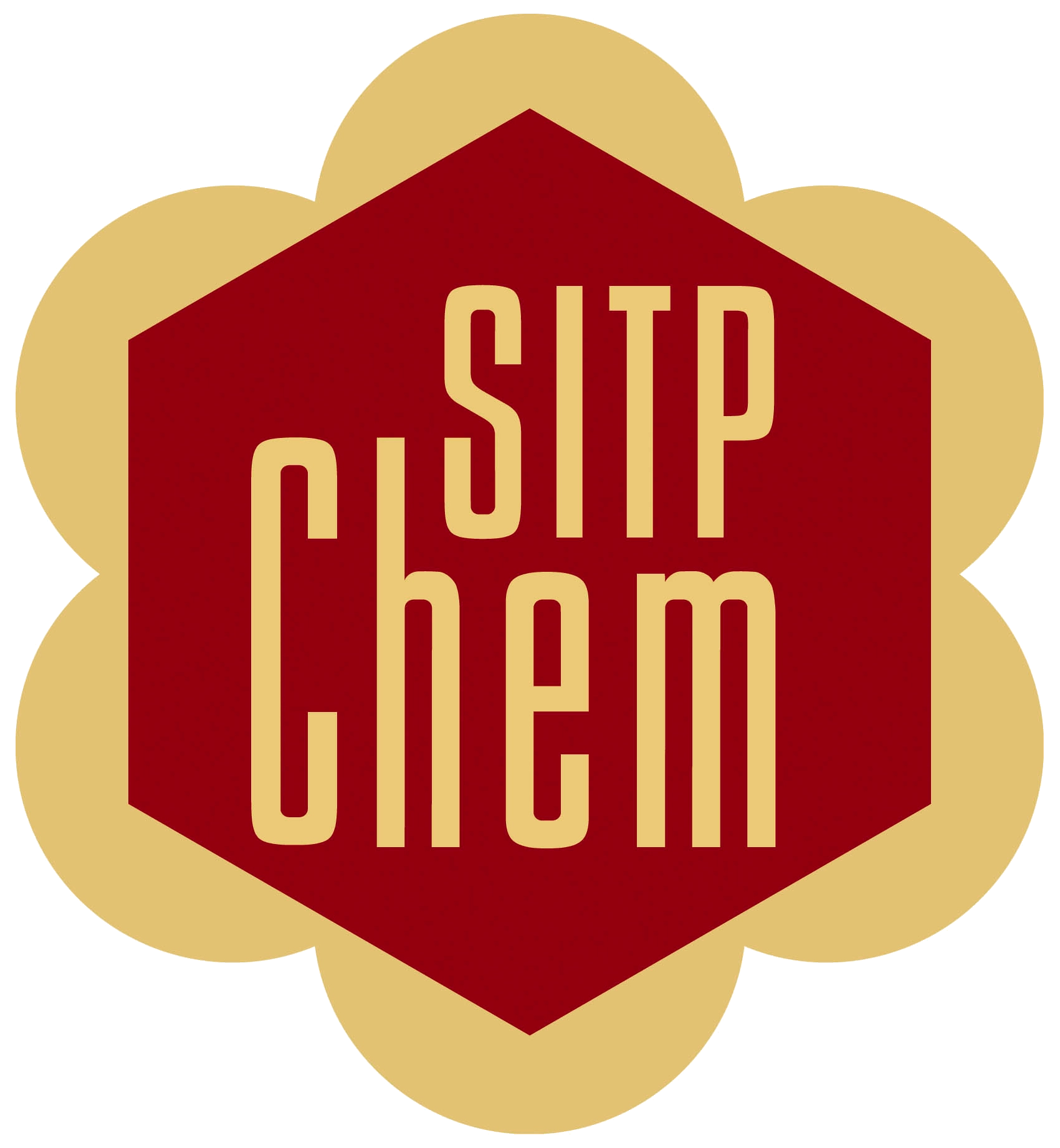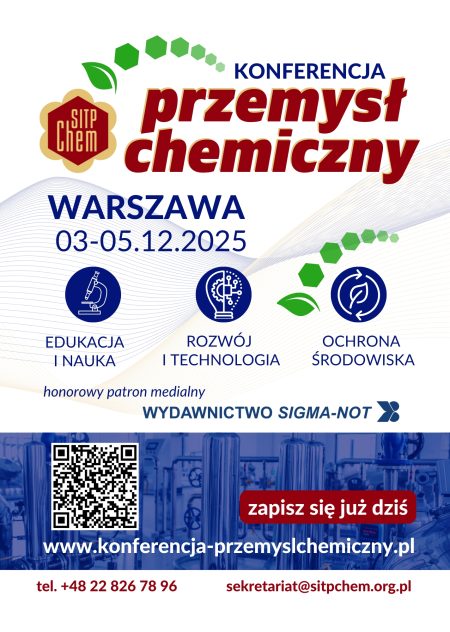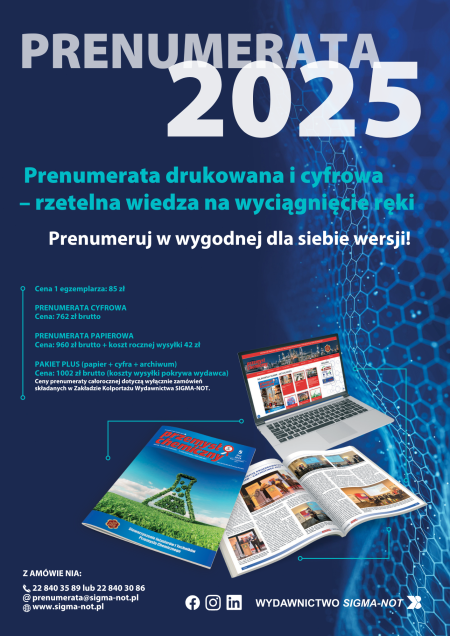Guidelines for publication
Structure of the Article
The article should be arranged in numbered sections with an appropriate logical sequence between sections. Sections should be numbered (excluding the abstract) with the more important information being overridden. Suggested article layout:
Title. It should be given in two identical language versions (Polish and English).
- The title should reflect concisely and unambiguously the content of the manuscript. Abbreviations and equations should be avoided. Maximum length, 20 words.
- Authors’ surnames, first names and affiliations, along with an indication of the authors’ names, the following should be given: current place of employment with an indication of the correspondence author’s e-mail address.
- Summary. It should be prepared in the same two language versions (Polish and English). The abstract should be divided into the following paragraphs (keeping the name of the given paragraph):
– Introduction:
– Aim:
– Methods:
– Conclusions and relevance to practice: - Keywords. It is recommended to provide a maximum of 6 keywords in two identical language versions (Polish and English). Please note that keywords are used in the indexing of articles in search engines and databases.
- Introduction. Indicate the rationale for taking up the topic, taking into account the current state of knowledge.
- Aim. The purpose of the material presented and of the research conducted should be clearly defined.
- Methods. Comprehensive information should be provided to enable the research to be carried out again. The use of a method described in detail in another publication needs to be cited in the bibliography.
- Results. Results should be presented in a way that is clear and easy to understand.
- Discussion/Conclusions. The significance of the conclusions drawn from the research carried out and how they relate to the existing state of knowledge should be presented.
- Summarisation. Indicate the applicability of the conclusions obtained to a wider field, the possibility of their practical application or further development.
- Sources of funding. Provide the necessary information to identify sources of research funding, if any.
- Bibliography. Indicate the bibliographic details of all information cited in the manuscript.
TECHNICAL REQUIREMENTS OF THE TEXT
Authors:
The first and last name of the Author(s) (without academic and professional titles) should be placed in the upper left-hand corner of the first page. At the bottom of the page as a footnote (*) should be indicated: the Author (when there is more than one) or the correspondence address with the Author’s place of work, postal address with code, telephone, fax and electronic address (e-mail).
ORCID ID, if the author has one.
Biographical notes of the Authors and their passport-type photographs should be attached to the publication. The Author’s biographical note should include information on the year of graduation and the type of university the Author graduated from, the current place of work and the position held, as well as an indication of the scientific specialisation. Information on the year and place of obtaining scientific titles and degrees, as well as professional qualifications held (degree of professional specialisation of engineer, UNIDO expert, expert e.g. SITPChem) is acceptable.
The authors’ photographs should be sent to the editorial office by e-mail in one of the commonly used graphic formats (e.g. JPG, resolution 300 DPI, files over 200 kB).
Titles:
Titles and subheadings should be as brief as possible, succinctly capturing the content of the article or chapter. Subheadings should not be numbered, but their type should be indicated in the margin (e.g. 1st order, 2nd order, 3rd order).
Text:
The A4 printout should have a standardised number of lines and characters per line (32 lines of approximately 80 characters per line). There should be 1 line spacing between the lines.
Font size 13 points.
The volume of scientific research articles should not exceed 12 such standard typewritten pages and review articles 20 pages including tables, figures, models and literature list. Longer publications are possible, but authors must be aware that this will mean higher costs.
In the text, you can highlight those elements or passages that should be particularly emphasised (in italics, bold or colour).
Footnotes supplementing and explaining the main text should be written at the bottom of the page on which they appear. Moderation in the use of footnotes is recommended.
The title of the article should be given in English and Polish.
The paper should include an abstract and in English and Polish. The abstract should be a brief three- to four-sentence expression of the main ideas of the paper and a summary of the results of the paper, written in impersonal form.
Patterns:
Formulas should be written very legibly. Greek letters should be described in the margins (e.g. β – beta). The number “0” and the capital letter “O” should be clearly differentiated. Writing of powers and subscripts should be particularly legible. Chemical formulae and equations should be prepared with a special editor (e.g. ChemWin, ISIS Draw 2.2) and saved in a commonly used graphic format (e.g. tiff, gif, jpg). Use International System of Units (SI) units in formulas and text. Units in tables and figure descriptions should be given after a comma, not in brackets.
Tables, figures, charts, photographs:
Tables, figure captions and figures, illustrations (in the order listed) should be outside the text (on separate pages) and the proposed locations for their intrusion should be marked in the margin of the printed text.
It is recommended that the results of the measurements or the various properties are tabulated.
Tables should be numbered with Arabic numerals.
The title of the table in English and Polish should be above the table. The abbreviation “tab.” is not used either in the title or in the text of the article. (If there is only one table in the article, “1” is not written). Tables should not be too elaborate. It is desirable that they should fit within the width of the print column or the column (base 8.5 cm or 17.5 cm).
The tables should indicate which headings should be highlighted with colour.
Figure captions should be collated on a separate page.
All diagrams, drawings and photographs shall be called Figures and numbered consecutively (if there is only 1 Figure no ‘1’ shall be entered), with the Author’s name on each. The abbreviation Fig. should be followed by the number of the drawing or photograph, the title and then the markings used in the illustration. If the marks are explained in the text, the phrase “the marks are explained in the text” should be entered.
Drawings should be optimally detailed. Foreign language words should be avoided in drawings and replaced with Polish equivalents.
Figure descriptions given against the x, y axes should be in upper case and the unit after a comma (without square brackets), for example: Mass, g
Elements of the figures should be described in symbols (in capitals) and the development of the symbol designations transferred to the caption. Describing the figure in full text is only permissible if there is a valid substantive justification for doing so. This is subject to the editor’s desire for the figure to fit on a single column or column width (base 8.5 cm or 17.5 cm).
Desirable drawing types are: line diagrams, bar charts, block diagrams. When producing a drawing for publication, care should be taken not to use too thin lines and small fonts in the axis descriptions, as these may become unreadable when reduced.
Photographs can be in colour or black and white in high quality and commonly accepted formats (e.g. tiff, gif, jpg, bmp).
Literature:
Acknowledgements, information about the grants, projects or fellowships under which the work was done, funding information can be placed before the literature.
Literature cited should be placed at the end of the article, arranged in the order of citation in the text and numbered consecutively, the numbers of items cited in the index should be in square brackets.
In the text, the numbering of references should be written in superscript and closed with round brackets.
Scientific journal titles should be given in abbreviated form according to the Chemical Abstract rules (i.e.: initial of first name (if 2 or 3 names, initials without spaces), surname, journal title year (not separated by a comma), volume (bold), issue number (if any), page.
For literature items written in Cyrillic characters, it is recommended to follow the transcription rules adopted by Chemical Abstract. The so-called automatic citation literature list should not be used.
The literature should include the basic elements of a bibliographic description according to the examples given (1. book, 2. journal, 3. conference proceedings, 4. doctoral thesis, 5. company advertising material, 6. patent, 7. law journal, 8. regulation, 9. directive, 10. internet address):
[1] H. Jankowska, A. Świątkowski, J. Choma, Węgiel aktywny, WNT, Warsaw 1985 r.
[2] S. Neffe, R. Stankiewicz, Przem. Chem. 2000, 79, 255.
[3] W. Ciesińska, J. Zieliński, Materials of the 9th Seminar “Tworzywa Sztuczne w Budowie Maszyn”, Cracow, 27-29 September 2000, 61.
[4] R. Brzozowski, Study of shape selectivity in synthesis reactions of diisopropylnaphthalenes carried out in the presence of aluminosilicate catalysts, PhD thesis, Institute of Industrial Chemistry, Warsaw 2001.
[5] GRYFSKAN Sp. z o.o., Hajnówka, Company prospectus.
[6] application Patent pol. P-344 539 (2000).
Pat. pol.
Pat. US
[7] OJ. 2004, no. 19, item. 177.
[8] Regulation of the Minister of Agriculture and Rural Development of 18 June 2008 on the implementation of certain provisions of the Act on Fertilisers and Fertilisation, Journal of Laws No. 119, item 765, 2008.
[9] Directive 2004/18/EC of the European Parliament and of the Council of 31 March 2004 on the coordination of procedures for the award of public works contracts, public supply contracts and public service contracts, OJ L 134, 114.
[10] http://www.spirulina.pl, accessed 15 March 2013.
[11] DOI: 10.14314/polymers.2016.031
Authors should submit the article electronically and one of the attachments to the email should be an ‘Article Submission’ form, which will state:
– name and surname, professional and academic title,
– the name and address of the institution where the work was carried out,
– mobile phone numbers,
– e-mail address,
– home address
– the name, address and tax identification number of the payer
and, in the case of payment of a fee, also:
– data for filling in the PIT-11 (full address of residence, address, postal code, city, municipality, county, voivoidship, post office, conducting business activity), date of birth, NIP, PESEL, competent Tax Office),
– the name of the bank and the bank account number to which the fee should be paid,
– details of the Author’s institution for invoicing (official name, official address, VAT number). In the case of a university, there is often the address of its rector’s office.
For all matters of concern, please contact the Editor by telephone on:
(22) 818 51 71 or by e-mail
przemyslchemiczny@sigma-not.pl .




